In this competitive world the recognizable logo or a catchy slogan are not sufficient anymore. Your brand must have a strong, consistent brand identity that reaches out to the people at the emotional level. This is where Brand Identity Prism comes in. It is an effective model that assists you to establish and develop your brand identity internally, so that every message you convey and every campaign you launch is coherent and genuine. To CMOs and marketing executives, utilizing this model is a means of making sure the message that your brand presents is in lock-step with the way in which it is perceived in the external world.
Understanding the Brand Identity Prism
The Brand Identity Prism is a model developed by marketing theorist Jean-Noel Kapferer in 1986 to visualize and define a brand identity. It is aimed at ensuring that all the various elements of a brand are coordinated to present a coherent and recognizable personality. The model is divided into two perspectives The first, externalization, is what is visible to the outside world of the members: Physique, Relationship, and Reflection. The second, internalization, entails the internal values that define the brand internally: Personality, Culture, and Self-Image.
The Six Elements of a Strong Brand Identity
The Brand’s Physique and Personality
The most concrete aspect of your brand identity is physique. It encompasses the entire physical features such as your logo, colors, packaging, and product design. It is the first thing that a customer sees and it becomes the preface of their impression. Take Apple and its minimalist and minimal design; it conveys simplicity and sophistication at the first glance. When individuals look at the sleek designs and the logo of Apple, they already know what the brand is about even before they utilize the product.
Brand personality is in contrast to how the brand behaves. What would your brand be like as a person? This is your tone, style and voice. It is the way your brand communicates with people and speaks. As an example, Nike has an outgoing, inspiring and assertive personality. Their messaging motivates athletes of all calibers to make the most out of themselves and they do it through a consistent voice across all ads and campaigns.
The Brand’s Culture and Relationship
The culture of a brand signifies its values, mission, and guiding principles. It is the inner DNA of your company and what you stand by. Patagonia, as an example, has a brand culture of sustainability and environmental activism. It is not only the sale of jackets; they promote a cause, and their actions always demonstrate their dedication to this cause. This genuineness creates trust at a deeper level
The brand relationship characterises the kind of bond that the brand forms with its customers. Is it a business, a friendly talk or a professional service? FedEx has based its brand relationship on the fact that it is a reliable, dependable partner. They promise to get the job done and consistently deliver, making them a trusted partner for businesses
The Brand’s Reflection and Self-Image
Brand reflection is your projected image of your typical user. It is not so much who they are but who they want to be. The brand reflection is an effective marketing mechanism as it makes customers feel part of it. Consider Harley-Davidson who are not only selling a motorcycle but projecting the image of a free-loving adventurous rider. It is this image that attracts people and makes them feel that they are part of a community.
Lastly, the self-image is how the customer perceives himself or herself to be when using your brand. It is a personal, internal feeling, that your brand assists them in attaining. A customer purchasing a Rolex is not purchasing a timepiece, they are purchasing into a sense of style and achievement. This is an aspirational sentiment that is central to their identity as customers and their retention.
Aligning Brand Strategy and Storytelling
This is the strength of the Brand Identity Prism, which helps you to see a unification of the six facets. An effective brand strategy is one that will ensure that your brand culture (internal values) is aligned to your brand personality (external voice). When they do not match, your brand may feel fake. This consistency makes a brand coherent and strong and stands out. To CMOs, it is a strategic tool that will make every piece of content, whether a post on social media or a large ad campaign, all work towards a consistent brand perception and more effective customer engagement.
The prism is not just a theoretical model to a CMO. It is a guide to formulating your brand positioning and brand story. It assists you to go beyond mere logos and slogans to create a holistic identity. This framework will help you make sure that each message communicated is relevant and acceptable to the team internally and to the audience externally, resulting in higher loyalty and advocacy.
Partnering with HT Brand Studio for Brand Storytelling
Implementing a concept such as the Brand Identity Prism in practice may not be easy. That is exactly what the Brand Studio can help CMOs and brand teams do. We are experts in the production of unique campaigns and brand-relevant content that appeal to the prism facets. We make your brand identity come to life whether it is the development of a video series that helps to demonstrate the culture of your brand or the creation of articles that appeal to your clientele on their sense of self. Our experience and HT Media strength in the digital space mean that your message not only makes a great story but also delivers measurable results, making your brand more cohesive and resonant across every point of contact.
Conclusion
To have a cohesive and consistent brand, the Physique, Personality, Culture, Relationship, Reflection and Self-Image of a brand must be aligned. This uniformity develops brand loyalty and gives your audience a personal connection with it. Aligning strategic thought and captivating storytelling, HT Brand Studio can help you establish, articulate, and promote your brand identity throughout all touchpoints.
Collaborating with HT Brand Studio to develop a unified, powerful brand that resonates at all touchpoints.
Frequently Asked Questions
How is the Brand Identity Prism different from a brand's mission statement?
Mission statement is a statement of purpose of your company. The Brand Identity Prism takes purpose a step further to incorporate visual identity (Physique), voice (Personality), internal values (Culture), customer connection (Relationship), audience perception (Reflection), and a customer personal feeling (Self-Image). It is an instrument to make all these things work in conjunction.
Can the Brand Identity Prism be used for a B2B brand?
Yes, absolutely. The prism cuts across all categories of brands including B2B. The Physique of a B2B company could be its product interface and web site design. Its Relationship might be characterized by promise of being a dependable partner, such as FedEx. The Reflection would include the picture of an effective business person, who applies the product.
What is the biggest mistake a CMO can make with the Brand Identity Prism?
The greatest error is inconsistency. A mismatch between the internal Culture (values) and external Personality (voice) of a brand might make it feel inauthentic to the customers. Take, for example, a company that is a fun, lighthearted brand according to its advertisements but has a very strict and conservative work environment; the audience can be easily misled and trust can be lost.
How does the prism help with building a brand strategy?
The prism gives a clear pathway By clearly defining all six facets, it will allow you to see where you have gaps and areas of personal improvement. It makes sure that the marketing department, product department, and the leadership all have the same idea of the brand identity that results in more consistent and effective brand storytelling and creation of campaigns.
Does a strong brand identity guarantee business success?
A solid brand identity is an essential starting point, but it's far from the only thing that matters. It must be matched with a nice product or service, good customer service, and a good business model. A good brand identity can get you customers, keep them, and make sure your reputation is good, but it can't save a lousy product or operation.
Ready to take your brand to the next level? Connect with us today to explore how HT Media can amplify your presence across our diverse portfolio of 25+ brands and properties. Let's turn your brand vision into reality!

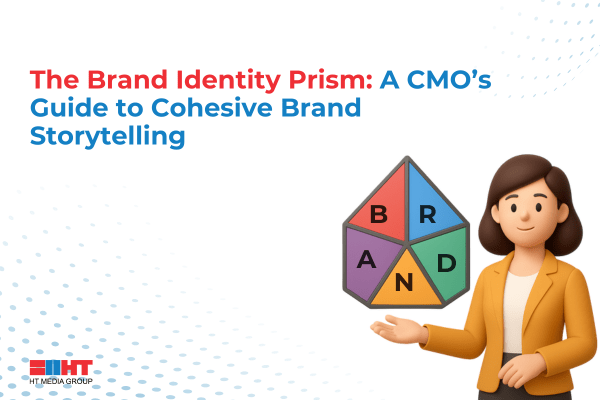

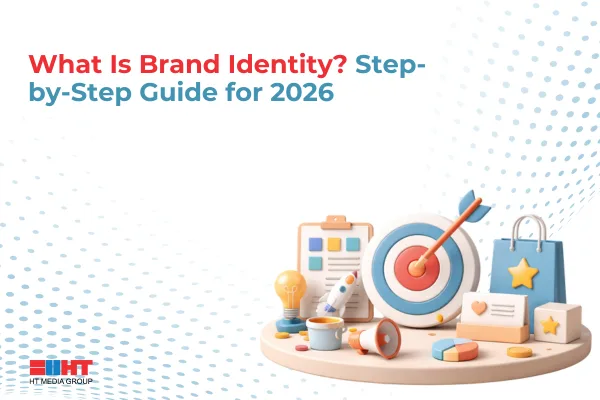


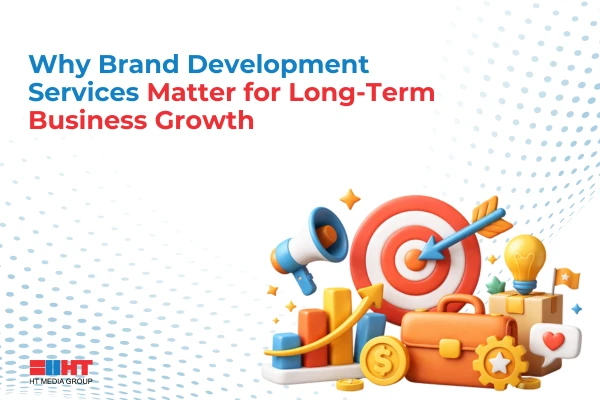

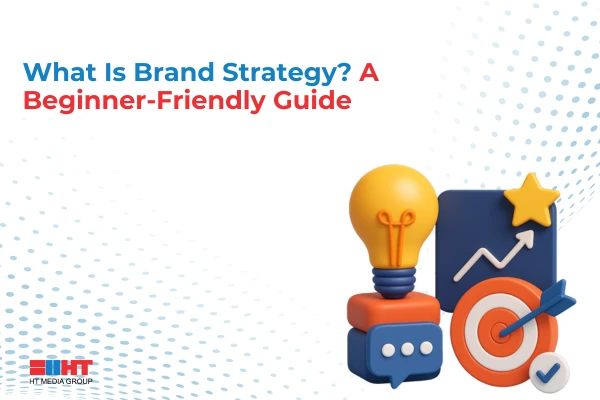
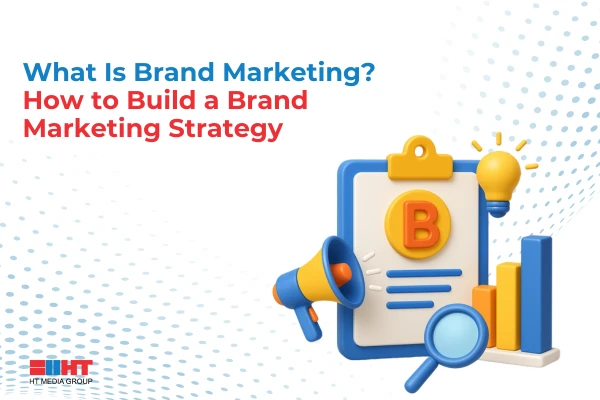
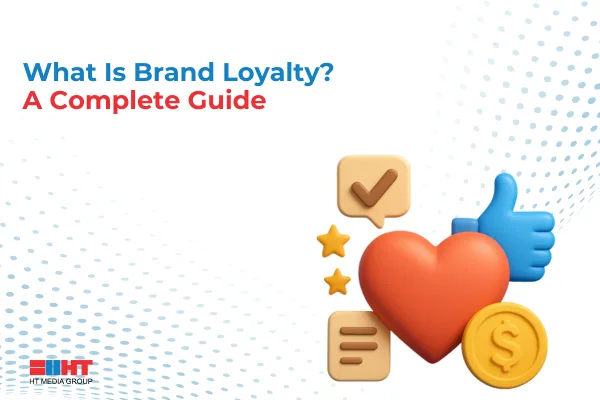
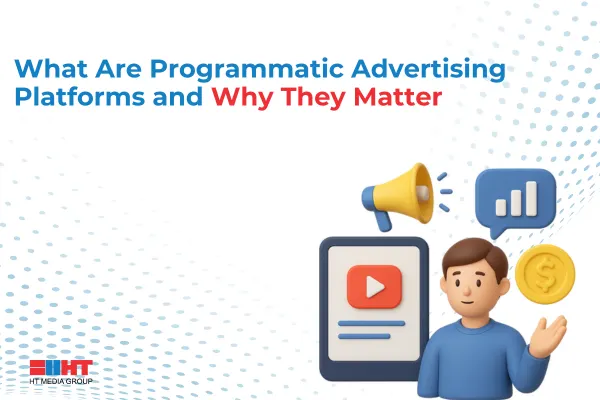
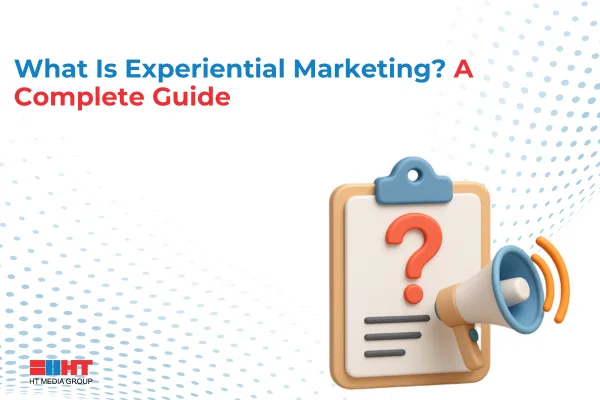


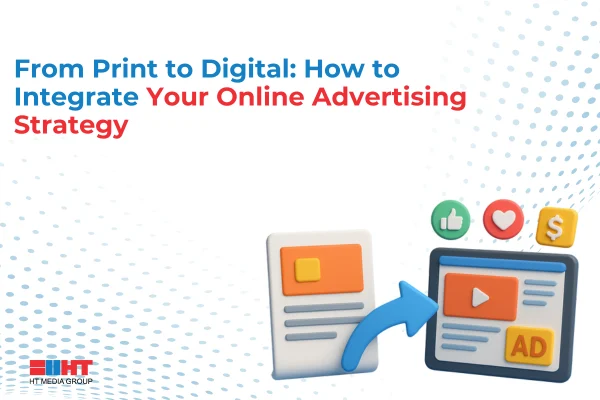
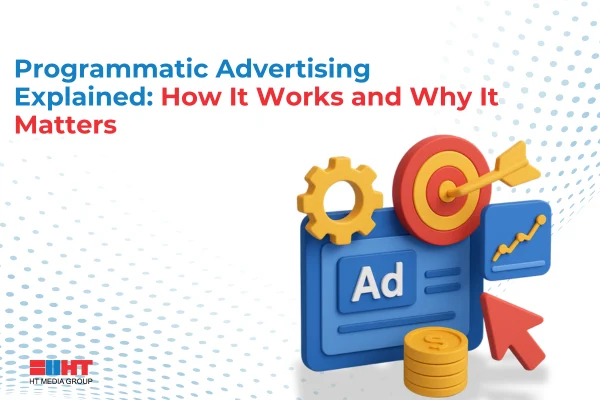
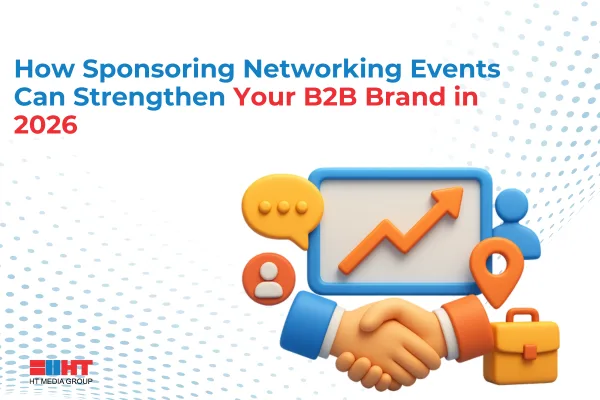

Comment